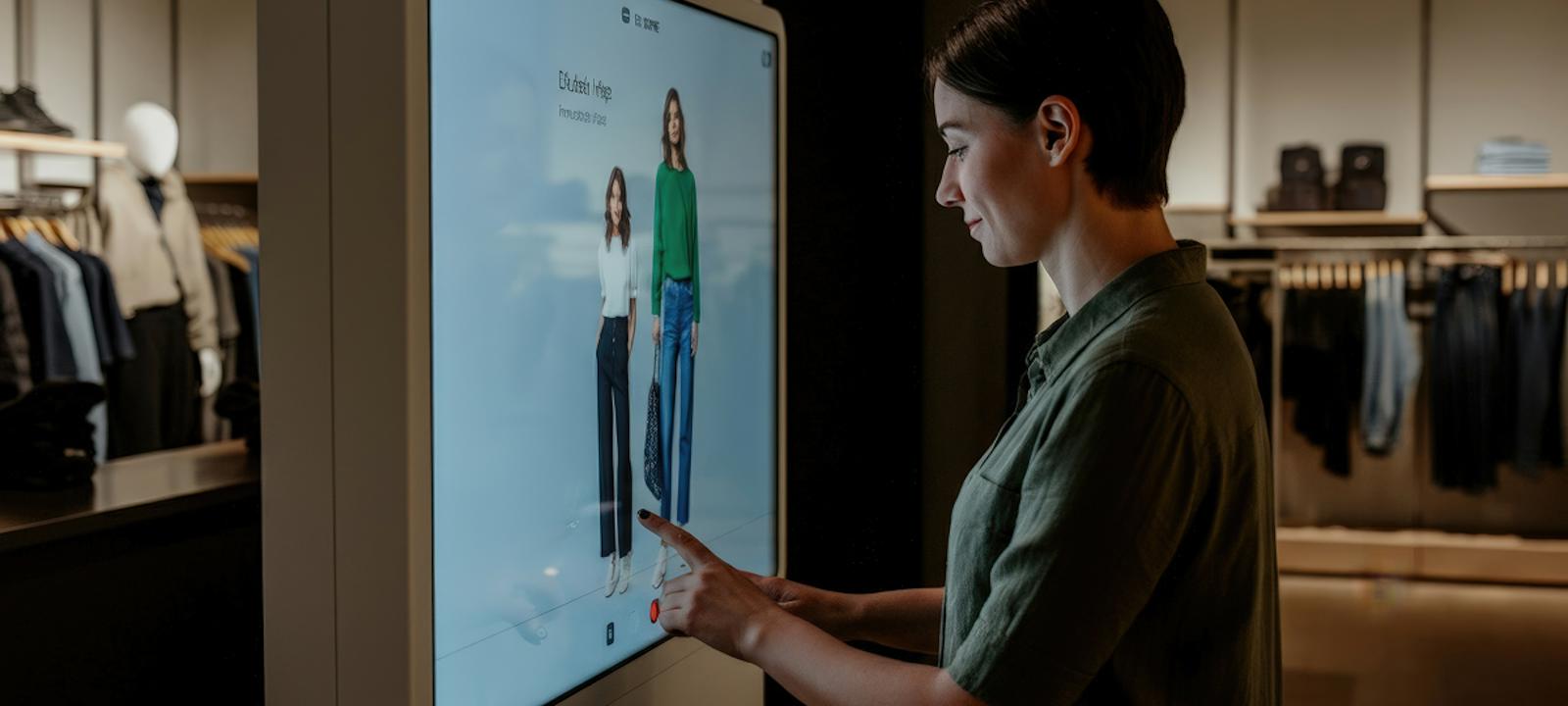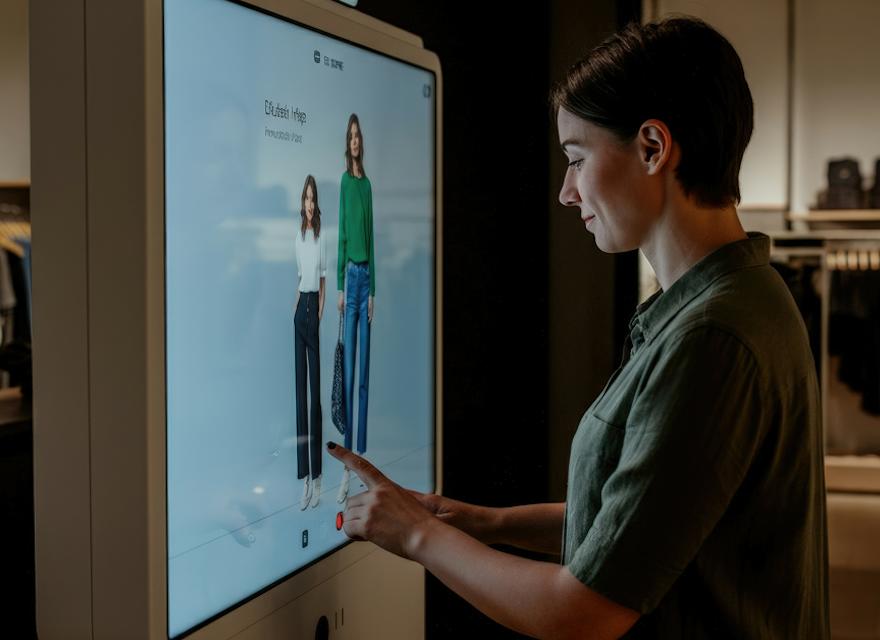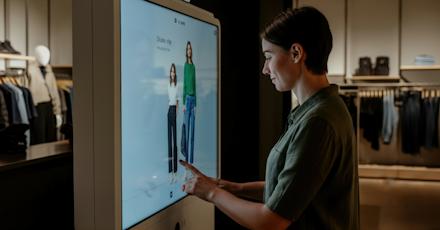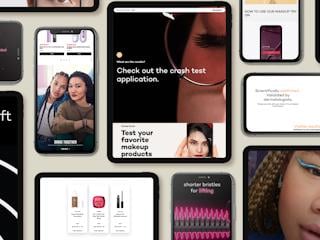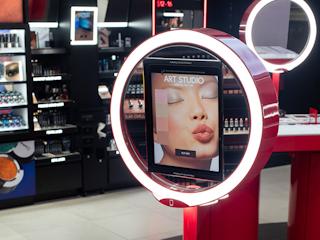This marketing and CX strategy uses real-time data, artificial intelligence and predictive analytics to craft experiences tailored to individual customers. From dynamic recommendations to tailored marketing campaigns, it has the potential to revolutionize how brands engage with their customers.
In this article, we explore how hyper-personalization can unlock new levels of growth, customer loyalty and competitive advantage.
Why hyper-personalization matters
Hyper-personalization is about precision. Unlike traditional personalization, which segments customers into broad categories, it treats every customer as a unique individual.
The benefits of this approach are clear. Research by Epsilon finds that 80% of consumers are more likely to purchase from brands that offer personalized experiences.
Companies that excel at personalization generate 40% more revenue from those marketing efforts than their peers.
Core components of hyper-personalization
Hyper-personalization isn’t just about having data. It’s about using that data to create meaningful interactions across every customer touchpoint.
Below are four ways brands can deliver personalized experiences at scale, along with the companies already doing so.
1. Dynamic product recommendations
Tailored product suggestions based on browsing history, purchase behavior and real-time engagement are the cornerstone of this marketing strategy.
Amazon’s recommendation engine generates 35% of the site’s total revenue, showing how impactful personalized suggestions can be in driving sales.
2. Behavior-based marketing campaigns
Hyper-personalization allows brands to create campaigns that adapt to customer actions in real time. For instance, a customer abandoning their cart might trigger an email with a discount or product suggestions relevant to their interests.
Adidas has increased average order value (AOV) by 259% and revenue per user by 18.5% using AI and machine learning to personalize the experience.
3. Media segmentation
Personalization efforts extend to how customers interact with content and ads. Segmenting audiences based on preferences and serving them tailored ads increases engagement and ROI.
Netflix leverages a hyper-personalized approach not only for its content recommendations but also for its advertising, targeting users with trailers and suggestions based on their viewing history.
4. Cross-channel personalization
For brands to create cohesive experiences, they must ensure that personalization extends seamlessly across email, social media, websites and physical stores.
Nordstrom uses integrated customer profiles to provide personalized product recommendations online, in their app and in-store through sales associates.
How to achieve hyper-personalization
Hyper-personalization requires the right tools, data and mindset. Here’s a roadmap brands can use to move beyond traditional personalization and deliver truly individualized experiences.
Step 1: Aggregate customer data
It all starts with data. Brands must gather information across multiple touchpoints, including:
- Purchase history
- Browsing behavior
- Social media interactions
- Demographic details
Unfortunately, retail and CPG brands often struggle with fragmented data stored in silos. Solve this by investing in a centralized Customer Data Platform (CDP) to create a unified view of each customer.
Step 2: Leverage AI and machine learning
AI lets brands analyze customer data at scale and generate actionable insights. Machine learning models can predict what a customer will want next, even before they know it themselves.
Coca-Cola uses AI to monitor customer preferences and offer personalized drink suggestions in real time through its vending machines.
Step 3: Deliver real-time experiences
Customers expect immediacy. A hyper-personalized approach requires brands to act on data in real time, delivering tailored experiences in the moment.
For example, Starbucks’ mobile app sends location-based offers when customers are near a store, boosting foot traffic and engagement.
The ROI of hyper-personalization
Investing in personalization drives measurable business results as well as enhancing customer experience. Here’s a snapshot of what you can expect:
- Increased revenue. Personalized recommendations and campaigns drive higher conversion rates, with 80% of businesses reporting increased consumer spending when they personalize experiences.
- Improved customer retention. The vast majority of consumers are more likely to shop with brands that recognize, remember and give them relevant offers and recommendations.
- Greater operational efficiency. AI-driven automation reduces manual efforts, allowing marketing teams to focus on high-value creative work.
Emerging trends in hyper-personalization
As customer expectations continue to evolve, so too must the strategies brands use to meet them. Emerging trends are pushing the boundaries of what’s possible, blending predictive intelligence, conversational AI and values-driven personalization to create deeper, more meaningful connections.
1. Predictive personalization
AI is moving from reactive to predictive. By analyzing patterns, brands can anticipate customer needs before they arise.
Take Spotify’s “Discover Weekly” playlist, for example, which curates songs based on listening history and predicted preferences, keeping users engaged.
2. Conversational AI
Chatbots and virtual assistants powered by conversational AI are creating new opportunities for hyper-personalized engagement.
H&M’s chatbot offers styling advice and product recommendations based on customer inputs, mimicking the experience of speaking with a sales associate.
3. Sustainability personalization
As customers prioritize sustainability, brands are using personalization to highlight eco-friendly products and initiatives that align with individual values.
Patagonia offers personalized recommendations for repairing or recycling their products, aligning with customers’ sustainability goals.
A roadmap to embrace hyper-personalization
Hyper-personalization represents the future of customer engagement in retail and CPG. It’s no longer enough to deliver one-size-fits-all experiences. Customers expect brands to anticipate their needs, adapt to their preferences and create interactions that feel unique and valuable.
Here’s how to lead the way:
- Invest in data and AI. Build the necessary infrastructure to analyze and act on customer data in real time.
- Focus on cross-channel consistency. Ensure personalization efforts translate seamlessly across all touchpoints.
- Stay ahead of trends. Embrace predictive AI, conversational tools and sustainability personalization to stay relevant.
The brands that master it won’t just delight their customers. They’ll redefine what’s possible in customer engagement.
Ready to work together to bring this vision to life for your business? Explore our work in data and AI or contact us to arrange a consultation.
